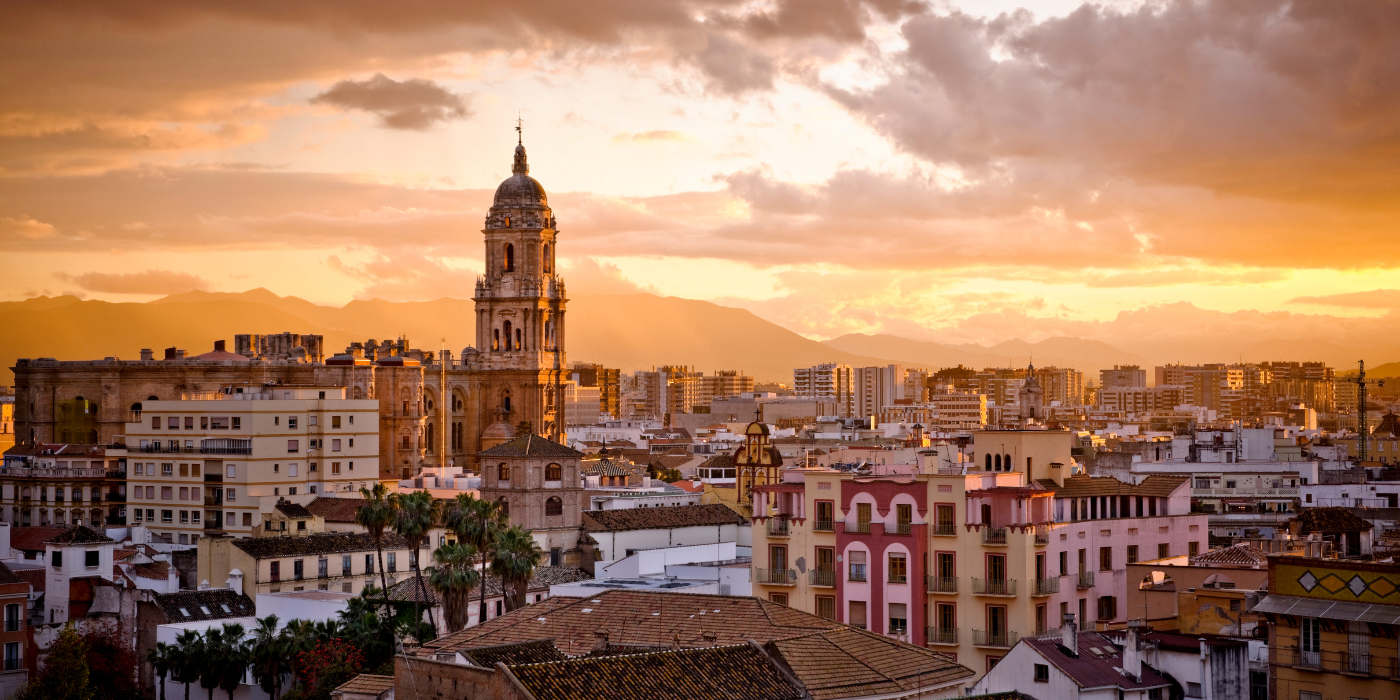
Malaga is one of the oldest and most popular cities not only in Spain, but also in the whole world.
Travellers are drawn not only by the southern charm and rich history of this city, but also by the climate of Andalusia. After all, the sun shines almost all the time here, summers are hot, winters are warm, and rain is extremely rare.
This is what makes the locals friendly and relaxed during the day, and cheerful and lively as night falls, with life here really coming into its own after sunset.
Settlement was founded by the Phoenicians in the 8th century BC. The original name of the city was ‘Malaca’ (the place where fish is salted).
It was once a small settlement near the hill where the Alcazaba fortress stands today.
Over time, Málaga grew and the civilisations that lived there left their traces not only in the architectural styles of the buildings, but also in the culture and life of the locals, who are very proud to belong to this magnificent city.
Malaga attractions
Most of the interesting places to visit are close to each other, you can take a leisurely stroll, look around and ‘soak up’ the atmosphere of the past. For a more organised experience, you can book guided tours and excursions.
Alcazaba
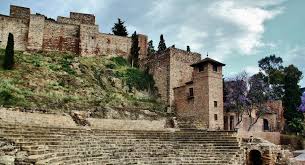
It is now one of the main and central landmarks, and in the past it was a fortress that protected the city from attacks.
Built in the eleventh century on the slopes of Mount Gibralfaro, the Alcazaba can be seen from almost any part of the city.
This fortress is formed by two rows of walls, which were reinforced with battlements and battlements, and an inner citadel, which houses the palace and the rest of the living quarters, built in stages in the eleventh, thirteenth and fourteenth centuries.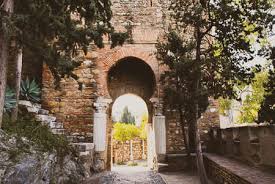
Since those ancient times, the fortress has been rebuilt and completed many times. Now this place looks very picturesque: a lot of plants, trees, small ponds and fountains, and all this surrounded by the walls of the ancient fortress.
You want to take a leisurely stroll here, admire the magnificent views of the city and imagine what it was like to live in those distant times. Those interested in archaeology will also find it useful to visit the Archaeological Museum, which is also located here (Museo arqueológico).
Gibralfaro Fortress (Castillo de Gibralfaro)
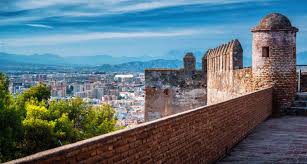
It was erected on the mountain of the same name with a height of 142 metres in the XIV century as a defence of Alcazaba, to which it is connected by a long passage between two walls.
The territory of the fortress is quite large, with 5,000 soldiers inside. There used to be military warehouses, bakeries and households.
Currently, in the very centre of the fortress, there is an exhibition of items of historical significance, such as armour, swords, and others. There is also an information point where you can inform yourself about the history of the fortress.
Roman theatre
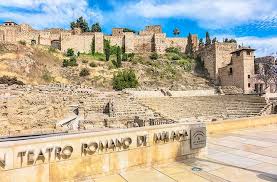
This ancient landmark attracts a huge number of tourists with its atmosphere.
The remains of the theatre were discovered in 1951, quite by accident, by workers who were working on the garden of the Málaga House of Culture. It turned out that there was another building underneath!
By 1960, archaeologists excavated and discovered that the House of Culture had been built directly on top of the Roman Theatre. The cultural institution had to be demolished and the ancient theatre was excavated completely, rebuilt and reinforced.
Historians claim that this structure was built in the 1st century AD during the Roman rule and was used for its intended purpose until the 3rd century. This architectural monument is located in the historic centre of the city, on the western slope of the Alcazaba hill.
Cathedral
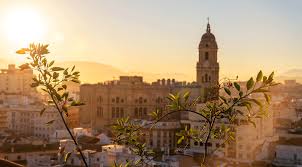
This temple has a long history. It was built over a long period of time - from the 16th to the 18th century, which resulted in a great variety of artistic and architectural styles inside and outside the cathedral.
The building was planned to be built with two towers, but the funds were not enough and only one, the northern tower, was erected.
The locals affectionately call the cathedral ‘La Manquita’ (Spanish for ‘The One-Handed Lady’). Like most of sights, this majestic cathedral is located in the historic centre of the city.
Picasso Museum

One of the most visited cultural attractions.
A museum dreamt of during his lifetime by the legendary Pablo Picasso, who was born here. It houses a whole collection of his paintings, which you can view to trace the periods of his work.
At the information point, be sure to take an audio guide so you get the details of each of the artist's works.
A leisurely stroll through the gallery will allow you to immerse yourself in the real world of art, learn more about the creative development and the life of the famous artist over the years.
Carmen Thyssen Museum
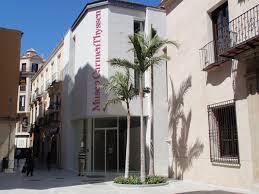
Those interested in painting and art, as well as Spanish culture, should definitely visit this museum.
Most of the collections here are works by Spanish masters. Through paintings depicting the everyday life of people of different classes, you can get to know more about the colourful Spanish culture. The building is not large, but it is worth a visit.
Atarazanas Market

Considered one of the most beautiful markets in Spain.
Built in the 19th century in the heart of town, the structure attracts attention with colourful stained glass windows, stunning arches and unusual exterior and interior details.
Over its long history, the current market building has been used as a military hospital, barracks, warehouse and armoury. Now you can simply stroll around and take in its unique atmosphere.
The stalls attract attention with spectacular and unusual for the tourist's eye fish, fresh fruit and vegetables, meat delicacies and much more. Here you can sit down, have a cool drink and be sure to try the local snacks called tapas.
Port
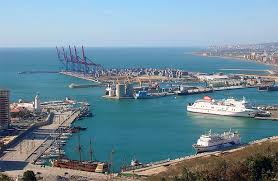
Located in a picturesque bay in southern Spain, the port was formerly a historically important commercial centre.
It is considered the second most important cruise port on the Iberian Peninsula. Around 1 million passengers pass through its terminals each year.
Its proximity to the historic centre, as well as to one of the best beaches in town, Playa de la Malagueta, makes it and its promenade an attractive place for strolling. The symbol of the port is the 33 metre high lighthouse, built over 200 years ago.
Beaches
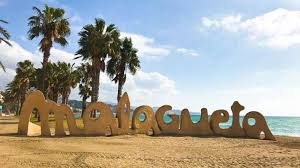
The town is famous for its magnificent coastline. Everyone who comes to visit this city is sure to stop by to sunbathe on the beach and swim in the Mediterranean Sea.
Here you will find both sandy and pebble shores.
The most favourite and popular beach in the city is La Malagueta, starting just after the harbour to the east.
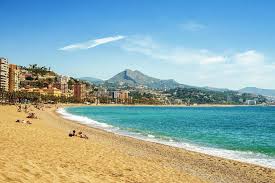 The beach is sandy, well-equipped and has the necessary facilities: sun beds and umbrellas, children's playgrounds, showers and toilets, lifeguard towers and medical centres, beach cafes and restaurants offering local cuisine.
The beach is sandy, well-equipped and has the necessary facilities: sun beds and umbrellas, children's playgrounds, showers and toilets, lifeguard towers and medical centres, beach cafes and restaurants offering local cuisine.
If you've already seen everything, been everywhere, and have some extra time left, be sure to check out the neighbourhood of Málaga, there's still plenty to see and do!


 English
English  Español
Español  Русский
Русский